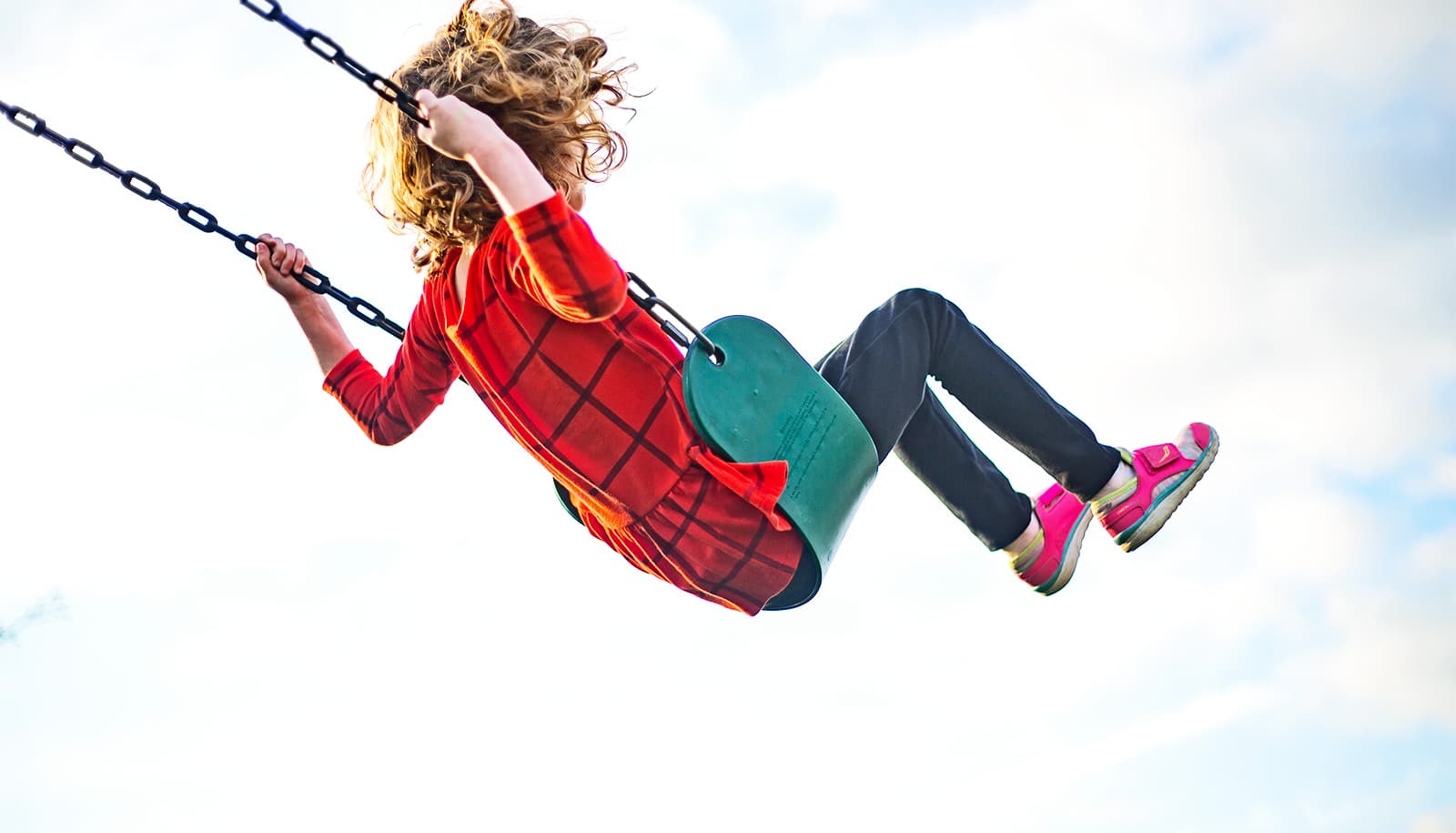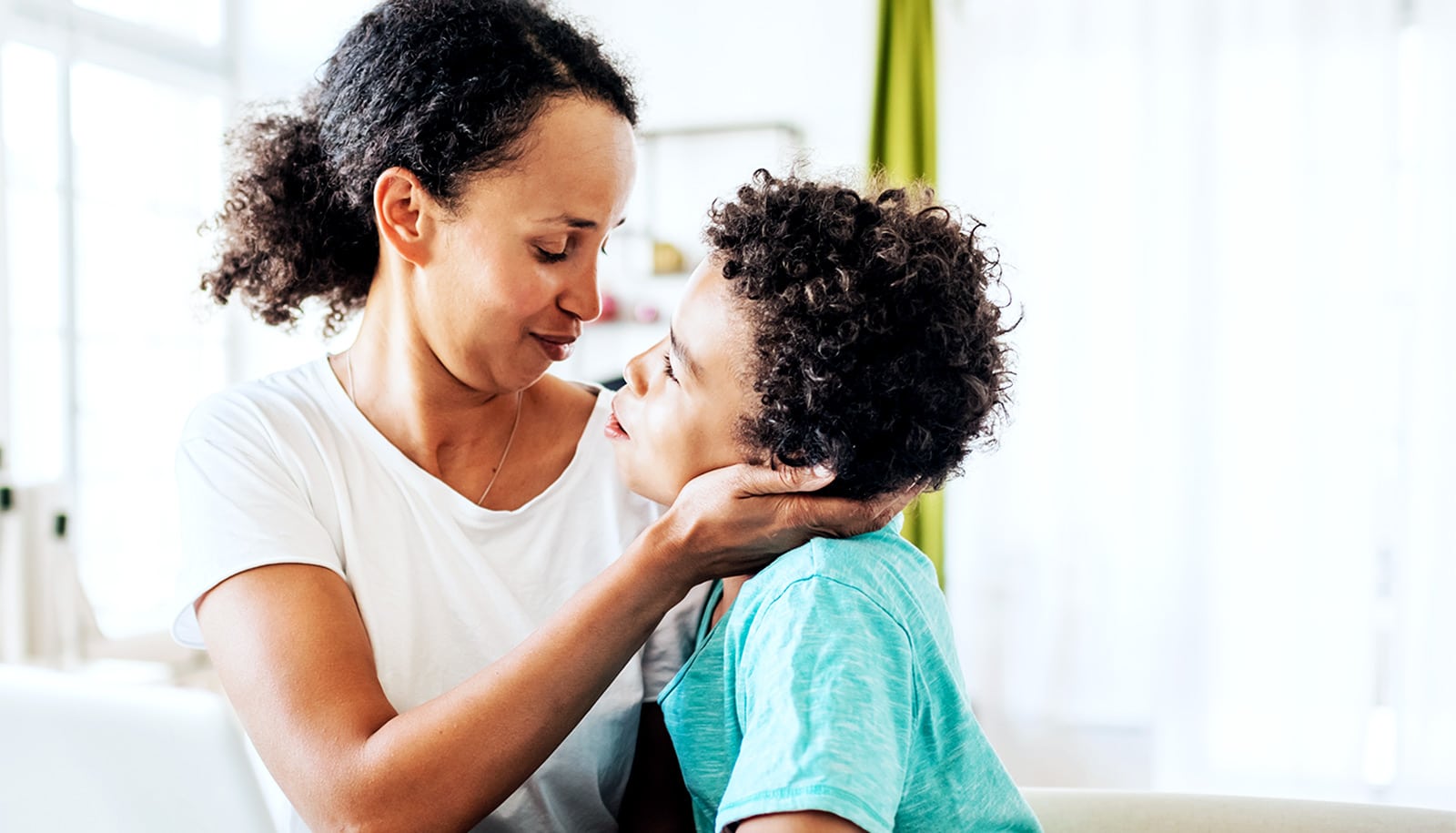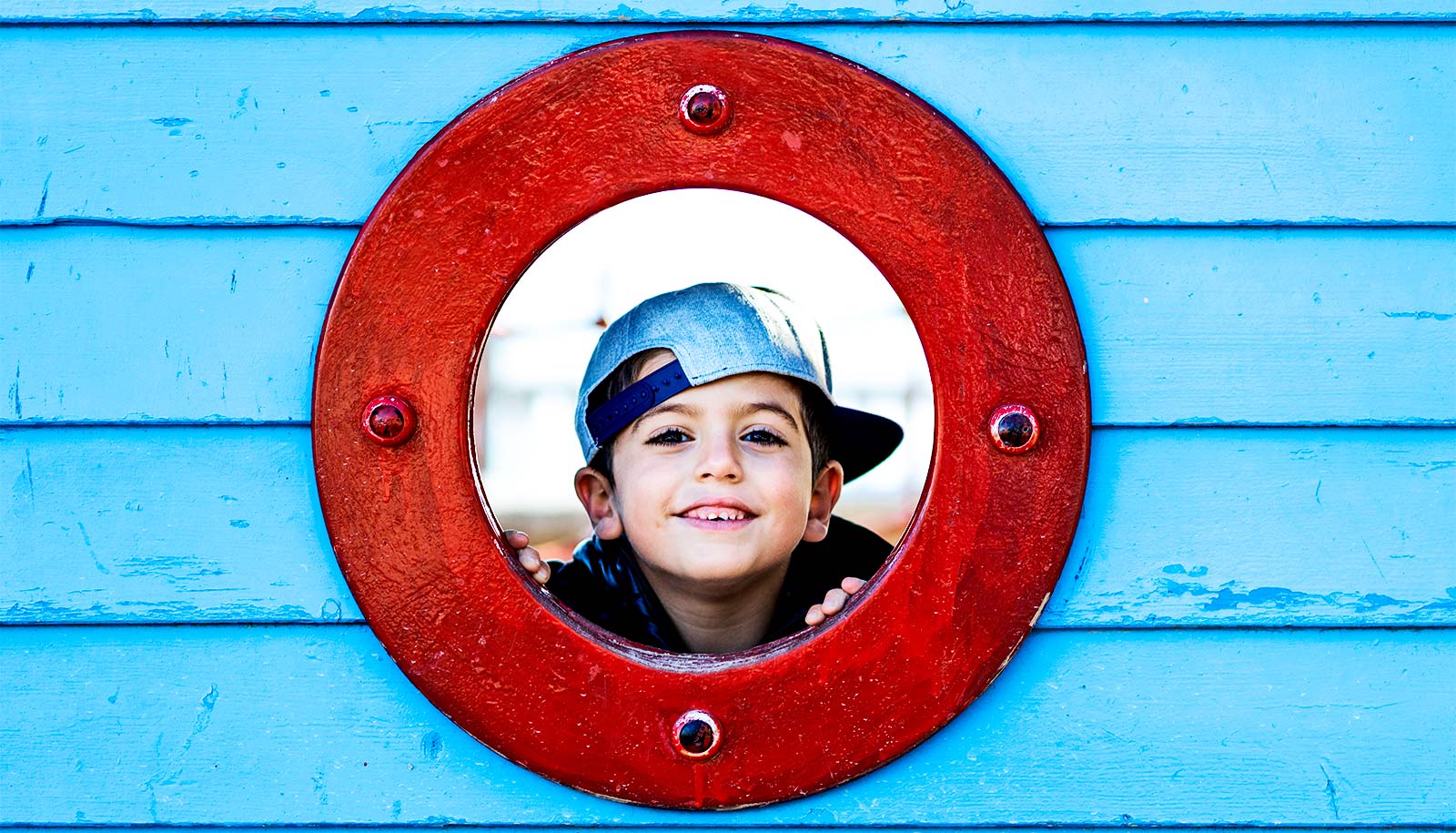Kids with attention-deficit/hyperactivity disorder often don’t get the best treatment, researchers report.
When a 4- or 5-year-old is diagnosed with attention-deficit/hyperactivity disorder, the pediatrician is supposed to recommend a specific therapy to improve parents’ skill at handling the child’s behavior. The therapy, called Parent Training in Behavior Management, is backed by scientific evidence that shows it’s the best starting point for treating young kids with ADHD. The evidence has led the American Academy of Pediatrics to endorse the therapy in its clinical practice guidelines.
But it’s not usually the first treatment offered to families, according to a study based on reviews of patient charts that published recently in JAMA Pediatrics.
Of 22,714 children, ages 4 and 5, in the study, 192 had symptoms of ADHD or a diagnosis. The disorder, characterized by hyperactive, impulsive, and inattentive behavior, was traditionally not diagnosed before age 6. But in the past decade, experts have added diagnostic guidelines for younger children.
Instead of being referred for the recommended therapy, the most common treatment recommendations, given to 41% of families, weren’t based on scientific evidence, the researchers found.
“It surprised us that pediatricians are offering these children a lot of what we call common-factors treatments: Eat better, sleep better, take over-the-counter supplements, reduce screen time,” says lead author Yair Bannett, a developmental and behavioral pediatrician at Stanford Children’s Health. Although these approaches support children’s general health, there is no evidence that they alleviate ADHD symptoms, he says.
Of the 192 children identified in the study, 11% received the recommended first-line treatment—family referrals for the behavioral therapy—while pediatricians briefly described the therapy or provided brochures about it, but no referral, to parents of another 29% of children.
In addition, 17% of symptomatic children were given medication when they were 4 or 5 years old. More than 70% of these children did not have recommendations for behavioral therapy documented in their medical charts. Although medication may be appropriate in rare cases, it’s not the best starting point for most young kids with ADHD, Bannett says, noting that prior research found that the behavior-focused therapy worked better for 4- and 5-year-olds than the drug typically prescribed for young kids with ADHD, methylphenidate.
Kids are naturally energetic and, among preschoolers, wiggly behavior and short attention spans are normal. But about 2% of 4- and 5-year-olds have hyperactive and inattentive behaviors that interfere with their lives enough to warrant an ADHD diagnosis.
The recommended therapy strengthens parents‘ ability to handle and proactively guide their child’s challenging behaviors.
“It’s not about teaching you how to parent or thinking you’re a bad parent,” Bannett says. “This approach is acknowledging that your child would really be very challenging for any parent, and providing support and evidence-based protocols that can help you, and can help your child be successful. It’s not Parenting 101, it’s more like Advanced Parenting.”
The therapy strengthens the parent-child relationship by teaching parents how to reward their kids for good behaviors, and how to set appropriate limits and consequences, such as “time outs,” for problem behaviors.
It also recommends structures that can help children function better, such as visual schedules that help them know what to expect during the day. It’s recommended that parents try the therapy for at least six months before moving on to other treatment approaches, including medication.
The therapy is available in person from licensed therapists or online, Bannett says. Two evidence-based programs, Triple P (which stands for Positive Parenting Program) and The Incredible Years, have online resources parents can download and online courses or workshops. The Stanford Parenting Center also offers Positive Parenting consultation groups based on similar principles, Bannett adds.
Bannett’s team found that pediatricians were less likely to recommend parent training to families on public health insurance than to those with private insurance. The reason for that isn’t clear, so Bannett raised the question with colleagues.
“The No. 1 response I got, which was not a surprise, is the issue of access to care,” he says. “What I heard from pediatricians is that they don’t know where to refer families, so that’s why they aren’t recommending the parent training.”
Most private insurance will cover the cost of the training (with a referral from a child’s pediatrician) and county mental health services provide coverage for children with public insurance, often through their First 5 programs that focus on supporting early childhood, Bannett says.
The gaps between recommendations and what happens in real life aren’t surprising, he says, given that pediatricians receive relatively little training on how to help kids with behavioral diagnoses such as ADHD, even though these conditions are quite common. Bannett wants to make sure that young children with ADHD are offered the most scientifically validated treatment first, rather than being offered things that don’t improve their symptoms.
“I want to help pediatricians become more prepared and knowledgeable in managing these conditions,” Bannett says.
Source: Stanford University



